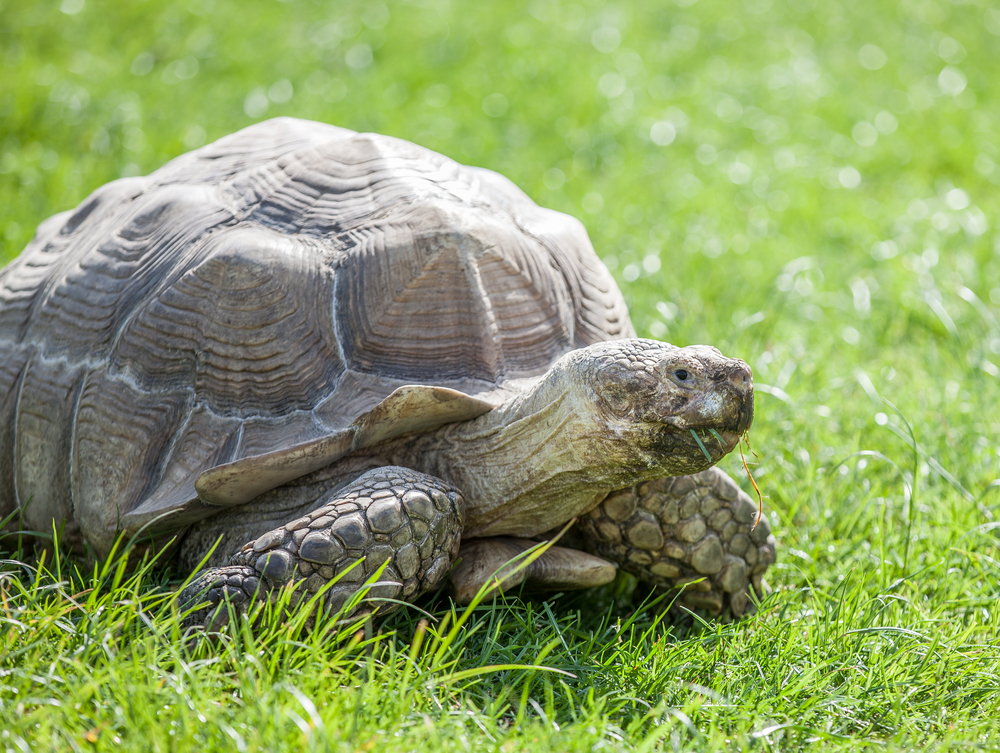One of the more interesting variations of roses today is called rainbow roses, and home gardeners are often eager to plant and grow their own. While there are some available, they are not true seeds that will produce these beautiful flowers. While the process is still mostly a secret due to the developers trying to get patents on their invention, it is not a hybrid plant that will grow anywhere. The secret of rainbow roses is in an osmotic process using organic dyes.
The specific dyes used by the original company to create rainbow roses are a closely guarded secret, but it is still possible to create a bouquet of them at home. The colors will not be quite as vivid, but they will still possess the variety of hues present in the roses being sold in floral shops around the world.
There are a few simple steps to follow, and minimal materials needed to get the process started. A sharp knife, food coloring, water and three plastic bags and rubber bands are the necessary ingredients to go with the white roses that will be used to produce the desired effect.
Finding the right roses is not too difficult, but there are specific requirements. Rose buds that are just starting to open are ideal because the process takes up to a week, and they will be open enough to begin the absorption process. White roses are best because they will show off the colors better than even an ivory or off-white rose, so their buds should be the goal when purchasing the flower component.
The first step is to cut down the stems to the appropriate size for absorbing the dyes that have been chosen, so they should not be more than eight to twelve inches long to facilitate the speed needed to dye the roses before they wilt. The stems will then need to be cut into three sections not more than three inches long from the bottom toward the bud. They should immediately be placed in water to keep them from drying out.
Adding food coloring to water using the primary colors of red, blue and yellow should suffice to make the rainbow complete. There should be a minimum of ten to twelve drops of coloring to make sure there is enough dye for the colors to stand out better.
Each color will need its own container, and they should be narrow because each stem end will be bent to go a different dye color. It is easier to use a rubber band to put all the stem sections together into three groups and then placing plastic bags with dye over them. Secure them with a rubber band and set them in a large vase.
It will take as little as a few hours for the colors to begin showing, but it can take up to seven days before the effect is complete. Keep the blooms out of direct sunlight until the process is complete. Once the desired depth of color has been reached, cut off the split sections of the stems and place the roses in a vase that has fresh water at room temperature water.





